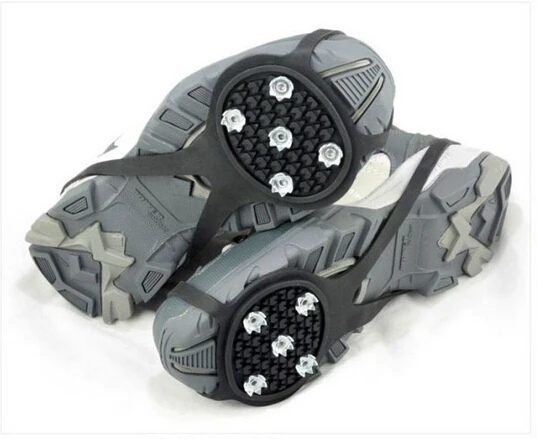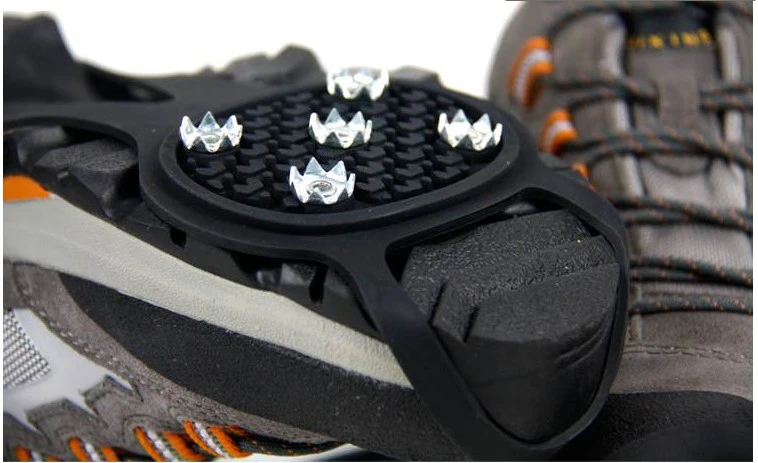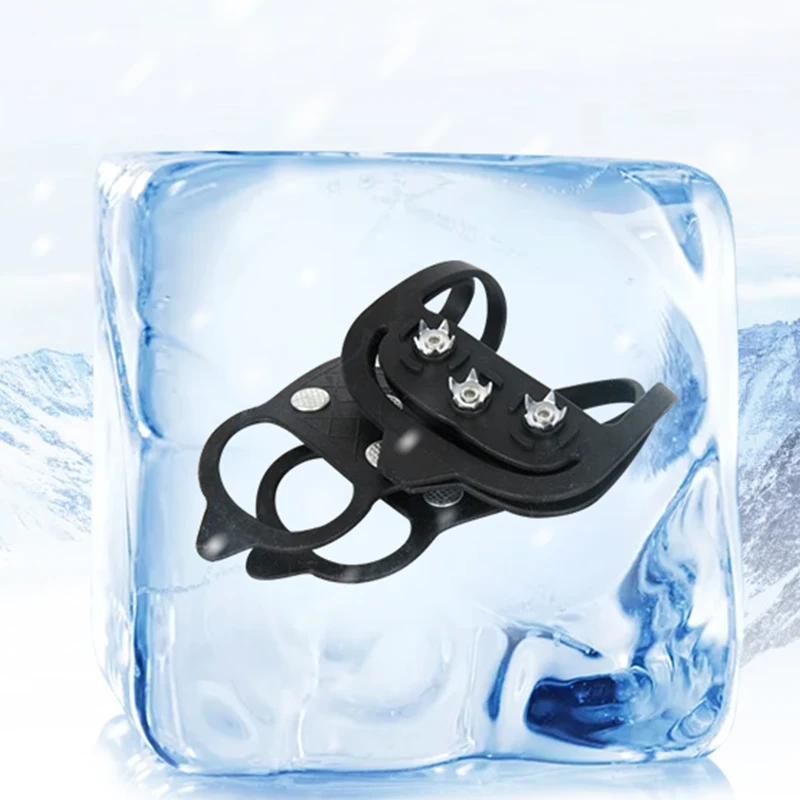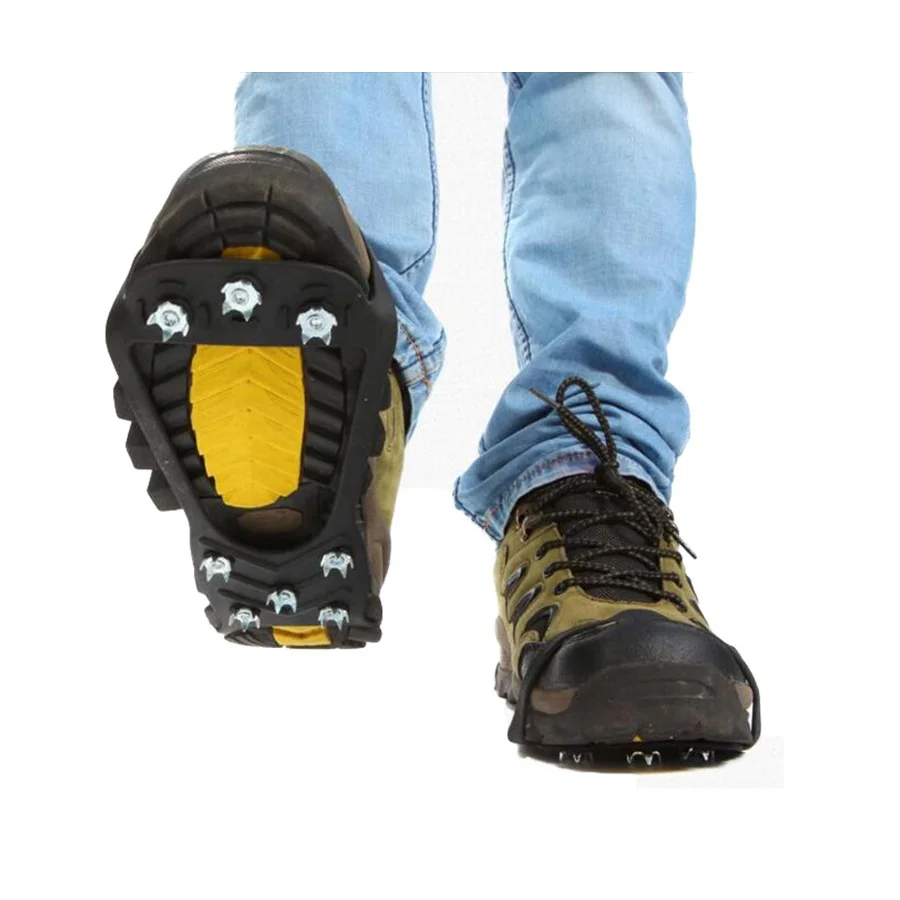Studs: Essential Hardware for Reliable Fastening Solutions
When it comes to fastening solutions, studs play a crucial role in ensuring stability and durability. Whether you're in construction, automotive, or manufacturing, choosing the right studs can make all the difference. This guide covers everything from types and features to sourcing tips and buyer considerations.
How to Find Reliable Studs from China in 2025
China remains a top supplier of high-quality studs, offering competitive pricing and advanced manufacturing capabilities. To ensure reliability, look for suppliers with ISO certifications and positive customer reviews. Platforms like Alibaba provide verified vendor lists, making it easier to compare options.
What Buyers Should Know Before Buying Studs from China
Before purchasing, verify material specifications (e.g., stainless steel or carbon steel) and check for compliance with international standards like ASTM or DIN. Request samples to test durability and threading precision. Also, confirm lead times and shipping terms to avoid delays.
Types of Studs
1. Threaded Studs: Feature threads on both ends for secure fastening.
2. Double-End Studs: Designed for connecting two components.
3. Weld Studs: Used in welding applications for permanent attachment.
4. Tap-End Studs: One end is threaded, while the other is designed for tapping into materials.
Functions and Features of Studs
Studs provide superior load distribution compared to bolts or screws. Key features include corrosion resistance (e.g., galvanized or coated options), high tensile strength, and precision threading for secure fits. They’re ideal for applications requiring disassembly and reassembly.
Scenarios of Studs
Common uses include:
- Construction: Securing beams and frameworks.
- Automotive: Engine and exhaust system assembly.
- Industrial Machinery: Heavy-duty equipment maintenance.
How to Choose Studs
Consider:
1. Material: Match to environmental conditions (e.g., stainless steel for moisture resistance).
2. Size and Thread Pitch: Ensure compatibility with existing components.
3. Load Capacity: Verify weight-bearing requirements.
Studs Q & A
Q: What’s the difference between studs and bolts?
A: Studs are threaded on both ends and typically used with nuts, while bolts have a head and thread on one end.
Q: Can studs be reused?
A: Yes, if undamaged and threads remain intact.
Q: How do I prevent stud corrosion?
A: Opt for coated or stainless-steel variants in humid or corrosive environments.
Q: What’s the lead time for orders from China?
A: Typically 15–30 days, depending on quantity and customization.
Q: Are Chinese studs compliant with U.S. standards?
A: Many suppliers meet ASTM/ANSI specs—always request certification.



































